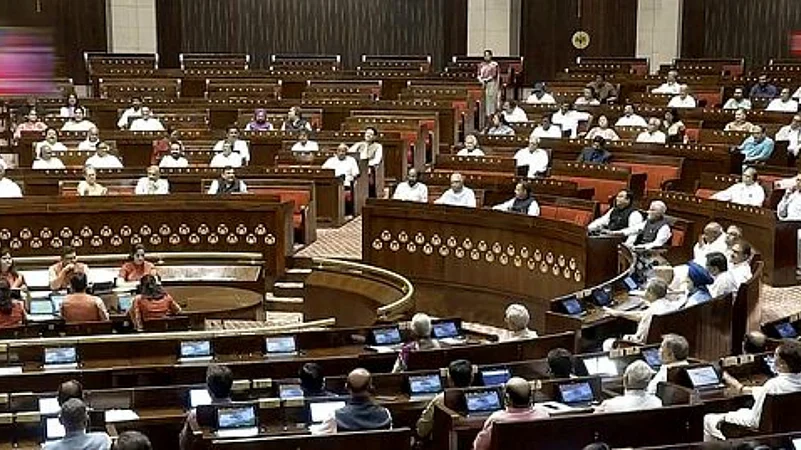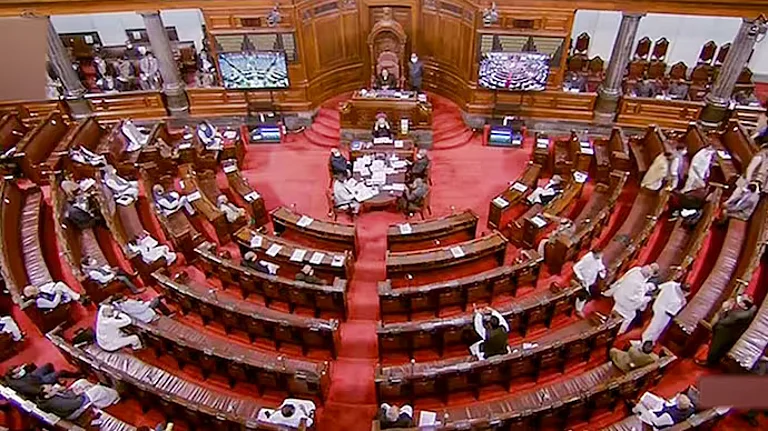The Election Commission of India (ECI) on Wednesday announced that the election for 12 vacant seats in the Rajya Sabha will take place on September 3, as per news agency PTI.
ECI has said that the 10 Rajya Sabha seats fell vacant as the sitting members, including Union Ministers Piyush Goyal, Sarbananda Sonowal and Jyotiraditya Scindia, were elected to the Lok Sabha. The notification for the Rajya Sabha elections will be issued on August 14 and the last date for filing of poll papers is August 21.
According to the announcement by the ECI, the separate elections for each Rajya Sabha seat will be held on September 3 and the results will be announced on the same day.
Rajya Sabha election: Parliament’s Upper House of Rajya Sabha has a strength of 245 members. The 12 members are directly nominated by the President from various fields.
Rajya Sabha seats are distributed among states based on their population. Rajya Sabha members are Members of the state legislative assemblies choose Rajya Sabha members through an indirect election system of proportional representation by means of a single transferable vote (STV).
In this system, the voting power of each MLA is determined by the population of their respective constituencies.
To be elected, a candidate must secure a specific number of votes known as quotas. The quota is determined by dividing the total valid votes by the number of seats available plus one. In states with multiple seats, the initial quota is calculated by multiplying the number of MLAs by 100, as each MLA's vote is valued at 100.
When filling out the ballot paper with names of candidates from various parties, MLAs rank their preferences against each candidate — with 1 indicating the top preference (the first preferential vote), 2 for the next, and so forth. If a candidate receives enough first preferential votes to meet or exceed the quota, they are elected.



















